Trending




Current Read








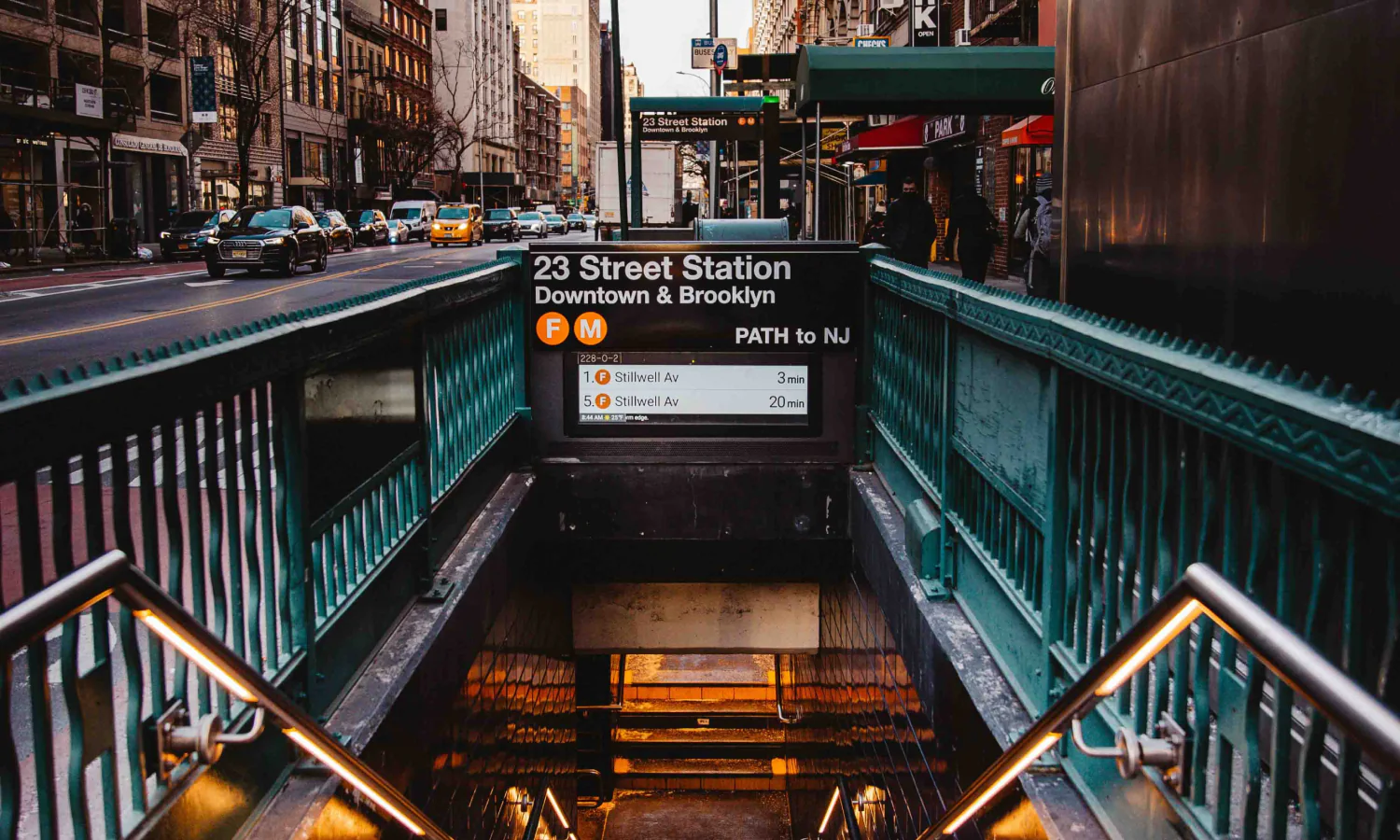
Enter your email address below and subscribe to our newsletter

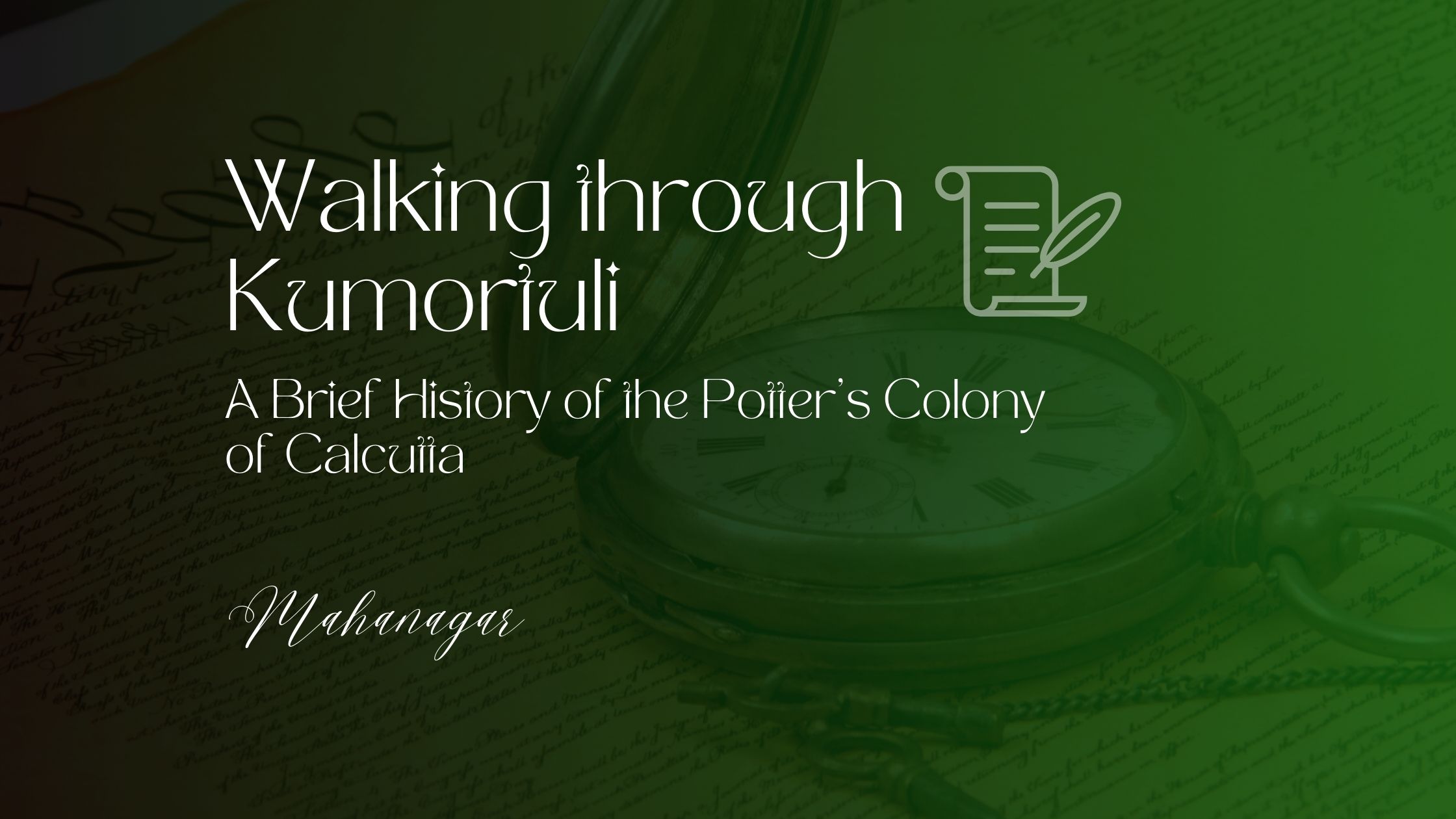
Once renowned as Calcutta, Kolkata is a city dwelling in history, culture, customs, and a unique blend of the new and old. Located on the eastern bank of the river Hooghly, it served as the imperial capital of British India for over a century. Thus, leaving an abiding mark on its sociocultural scape. The place holds a lot within it. As we go by the lanes, one may find history lying every here and there.
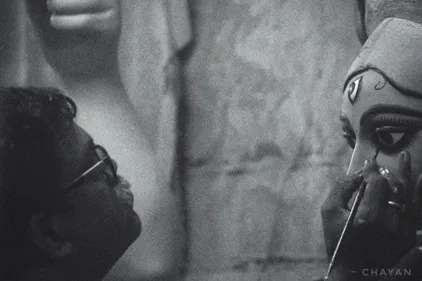
Our current topic focuses on such an aspect. The iconic Potter’s Colony of Kumortuli is a living heritage. ‘Kumor’ (potter) and ‘tuli’ (locality) – this is how the place got its name. However, it was not as it looked now. Brewed gently with age, the backdrop is quite an interesting.
During the late 17th and early 18th Century, Bengal was going through a shift. There were changes in the course of Ganges, which had a direct impact on the future lines. Due to constant siltation in its path, the river Saraswati dried down. The trade of Adi Saptagram came to an end. The once bustling zone is gone. With this, the impetus of commerce now shifted westward. The future ‘Calcutta’ was merely a cluster of villages. With some patchy settlements, it was all covered in green when Charnok anchored at Nimtala (1690).
The day was 10th of November 1698. From the Sabarna Ray Chowdhurys of Behala, the East India Company purchased the zamindari of three adjacent villages. Sutanuti, Dihi Kalikata and Gobindapur. Collectively the ‘Calcutta’ this is how the city incepted.
Now, coming back to our story, the Saptagram or Satgaon decline had a massive outcome. There was an exodus of masses towards Calcutta. The city was nascent. There was a fresh boom of hope. With prospect and avenues all around, the men tried to use their fortune. This included – the textile workers, owners, petty merchants, businessmen, brokers and finally the potters. Thus, hailing from almost all the sections, the rate of migration increased even after Plassey.
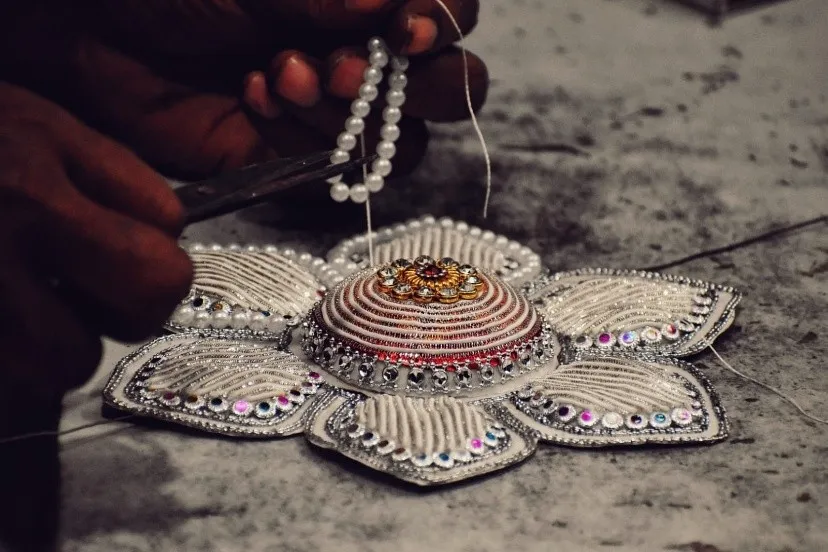
The Battle of 1757 was a decisive one. Altering scenes, it was a major game shift for Bengal politics. The Nawab fell. So did Murshidabad. With Clive at helm, there was a gradual rise of power pockets. Magnates rose centring Calcutta. One such among them, were the Rajas of Shobhabazar, who had been parties to the plan (Plassey Conspiracy). The family hailed their lineage from Saptagram.
In 1757, Raja Nabakrishna Deb decided to organize a grand Durga Pujo (retaining the Bengali pronunciation of ‘Puja’ as used in English) in his house. Often regarded as ‘Company Pujo’, it was essentially a celebration party. A victory marking of Plassey. Nabakrishna wanted to amaze his patrons. He was deeply moved by the traditional rituals of Raja Krishna Chandra. The Vassal lord of Nadia, their pride, dated even older since 1606.

From ages, the place had been famous for its clay modelling industry. Carving life in clay, the artists were none less than ancient Greek or Renaissance sculptors of Europe. The potters lived in a small village called Ghurni. Situated right beside Jalangi, the river supplied the needful. Nabakrishna took permission from the Raja. Finally, being approved, he brought a band with him and gave the men a new home. The place was strategically selected. As the waters gushed, Hooghly stocked a lot of ‘Pali mati’ (clay) on its bank.
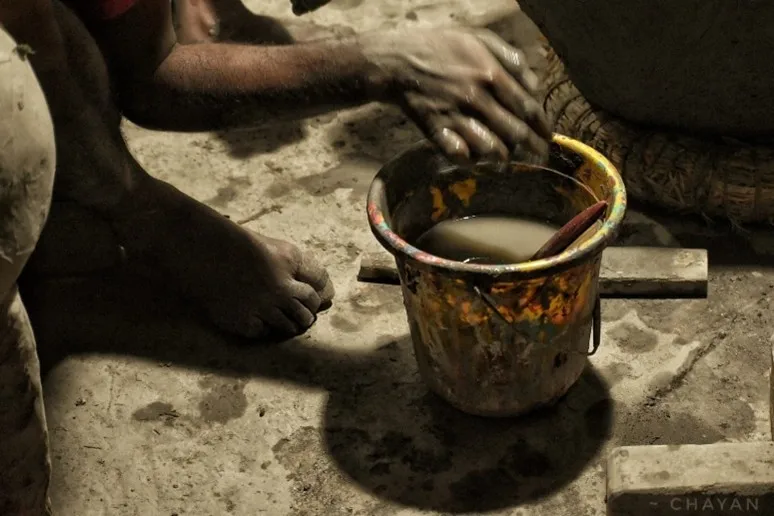
The city enlarged. With expanding zones, new dimensions were added. The Durga Pujo of Nabakrishna became an inspiration for all. Awestruck with the grandeur and majesty, the celebration was imitated by the stalwarts of the time. It became more of a pomp. Just like today’s club pandals, the aristocrats fought with each other. They bragged, boasted and often showboated their money. The Britons also paid a keen interest. Many like Clive, Hastings and the later Governors spend their days in it. With Stupendous arrangements, towering foods, drinks, showers of Champagne, ‘Bai nautch’ and Gun salutes the contemporary papers hold fascinating stories to it.

The constant imitation boosted the idol making sector. Finally, with ‘baroyaris’ to the scene, production entered a new genre in the 20th Century. The first community puja in Calcutta dates back in 1910. It was at the Balaram Basu Ghat Road. Not just Durga but other festivals too got a surge. The Potter’s Colony embellished. The rising demands allured more men to the profession. Boom occurred in supporting sectors as well. Such as the ‘zari’, ‘shola’ and items made of thermocol. Thus making ‘Kumorpara’, a major throb for the city.
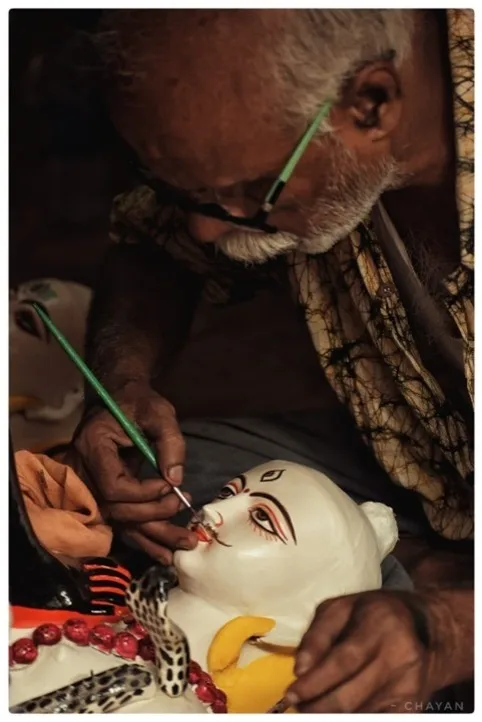
Ward No. 9 of Kolkata Municipal Corporation, this place is ever busy now. Hardly one can find it resting. Spending sleepless nights and tireless days in work, the kumors lit up the polis. While one is busy in pasting the clay, the other in slicing bamboos, making ‘kathamos’ and preparing Mother. It’s a divine – human bond. It’s a juncture where aura meets aesthetics, art with culture. A confluence of old and new, this Potter’s Colony of Rabindra Sarani, is thus, a silent whisperer of the past!

Chayan Dutta is a part time poet and a full-time observer. He has completed his Post Grad from Calcutta University in History. A North Calcutta guy, Chayan takes interest in life, lens, heritage and hazy July rains.